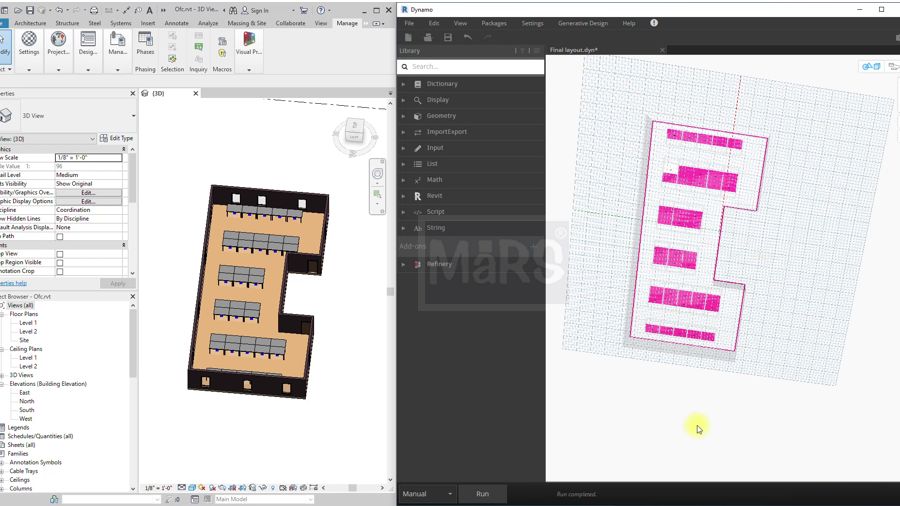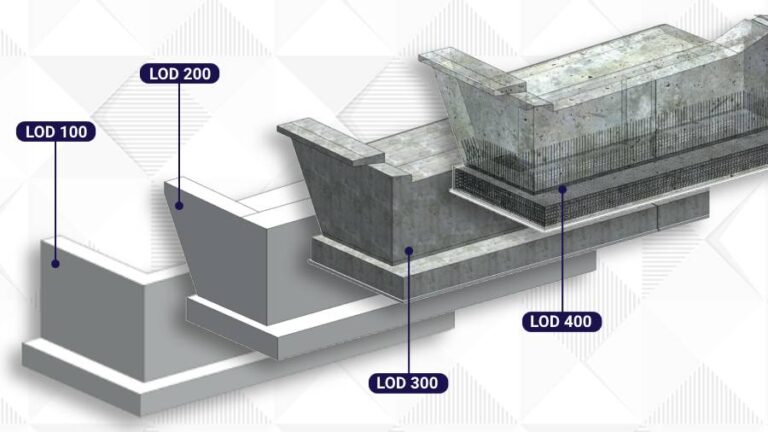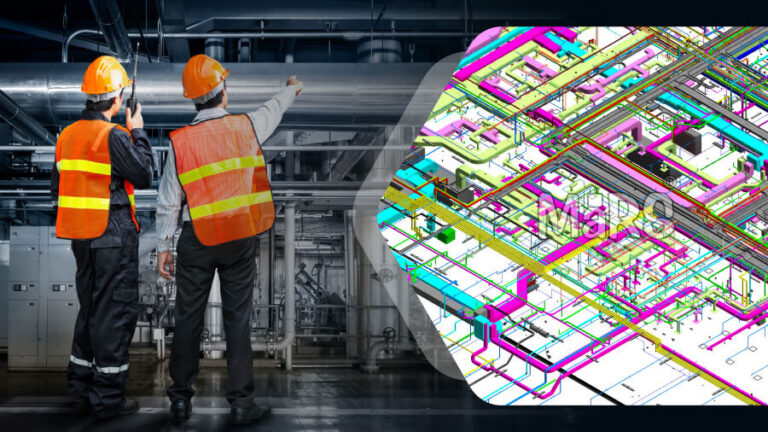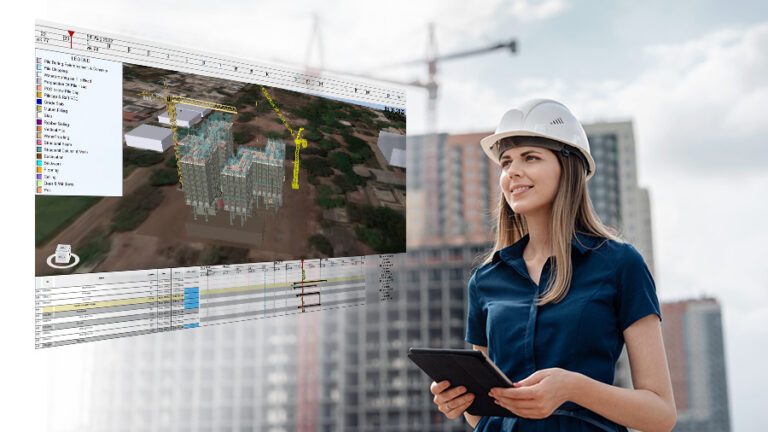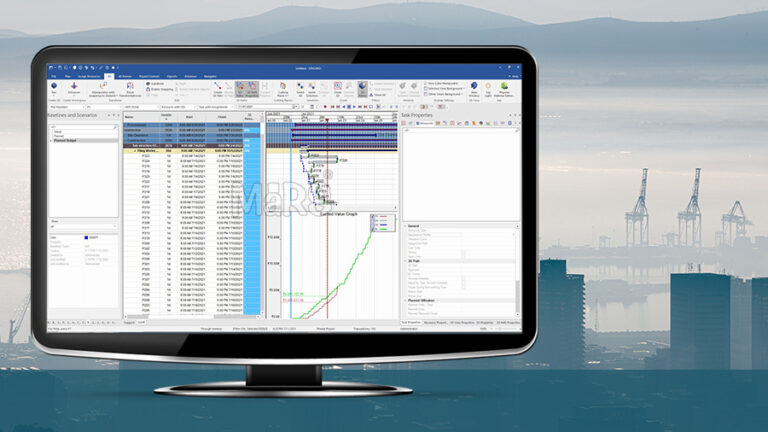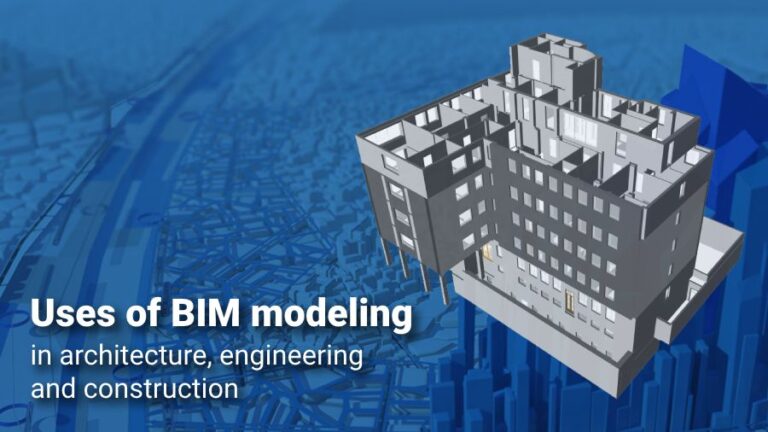Revit API Integration, It’s Use and Dynamo
Revit, also known as Autodesk Revit is a software famously used for Building Information modeling (BIM). It was developed by Charles River Software in 1997 and later acquired by Autodesk in 2022.
Revit allows the users to design a building, its structure, and its components in 3D, annotating the model with 2D drafting elements and accessing the information regarding the building from the model created.
It was developed with an intent to allow the building professionals, the architects, and the constructors to design and document a process of building up by creating a parametric 3D model inclusive of both geometric and non-geometric design and any other information related to building construction. For reference, in parametric modeling, one can change the shape of the model geometry with modification in values of the dimension. A user in Revit can create a “Revit Family Creation” of the parametric components required and can further define the dynamic flow between these components. It also helps in capturing the various views and the annotation in a 2D model.
With the right API plug-ins, it can also help in developing 4D building models to be further used in planning and tracking the lifecycle of a construction project, from concept to execution, to maintenance and restoration.
API stands for Application Programming Interface. It is a software intermediary which allows two applications to interact with each other. The API software basically substitutes as a bridge between different software and ultimately the devices and can be used by the software to communicate with other software and even the hardware.
Autodesk Revit furnishes opulent and powerful APIs which can further prove utility in the automation of repetitive tasks. Also, it can expand the core functionality of Revit in Simulations, Conceptual Designing, Construction Management, Facility Management, etc.
Revit-APIs have proved themselves to be enormously useful. Some of these uses have been listed here:
- Automation of the process of design import and printing.
- Automation of basic design processes and configurations.
- Easier manipulation of the properties of buildings and design components.
- Synchronization of design and structural analysis.
- Faster extraction, importing, and sharing of data.
- Easier extraction of geometry and design.
- Simplified and automated process for family creation.
The Revit-APIs allow us to program with any of the .NET compliant languages, such as VB.NET, C#, and C++.
Though not knowing how to write software programs should not discourage you from using the services that can be availed of by Revit-APIs. This can be easily solved with the help of Dynamo.
Read also: Basic Principles And Preliminaries Of Revit Family Creation
Dynamo can assist you in unleashing the uses of Revit-APIs. Dynamo accommodates open-source visual programming languages for REVIT. It provides the user with pre-fabricated nodes. A node in Dynamo is a function or a method that contains the code that interacts with the Revit-API. It can be used to manipulate or extract data out of a Revit model. Thus, powerful scripts can be created without coding, with the help of pre-existing, pre-coded nodes.
A user with programming skills can create add-ins that can perform multiple useful functions. Thus, the combination of APIs and Revit along with the assistance from dynamo can provf to be an extremely powerful tool for building professionals when designing executing and managing a construction project.
